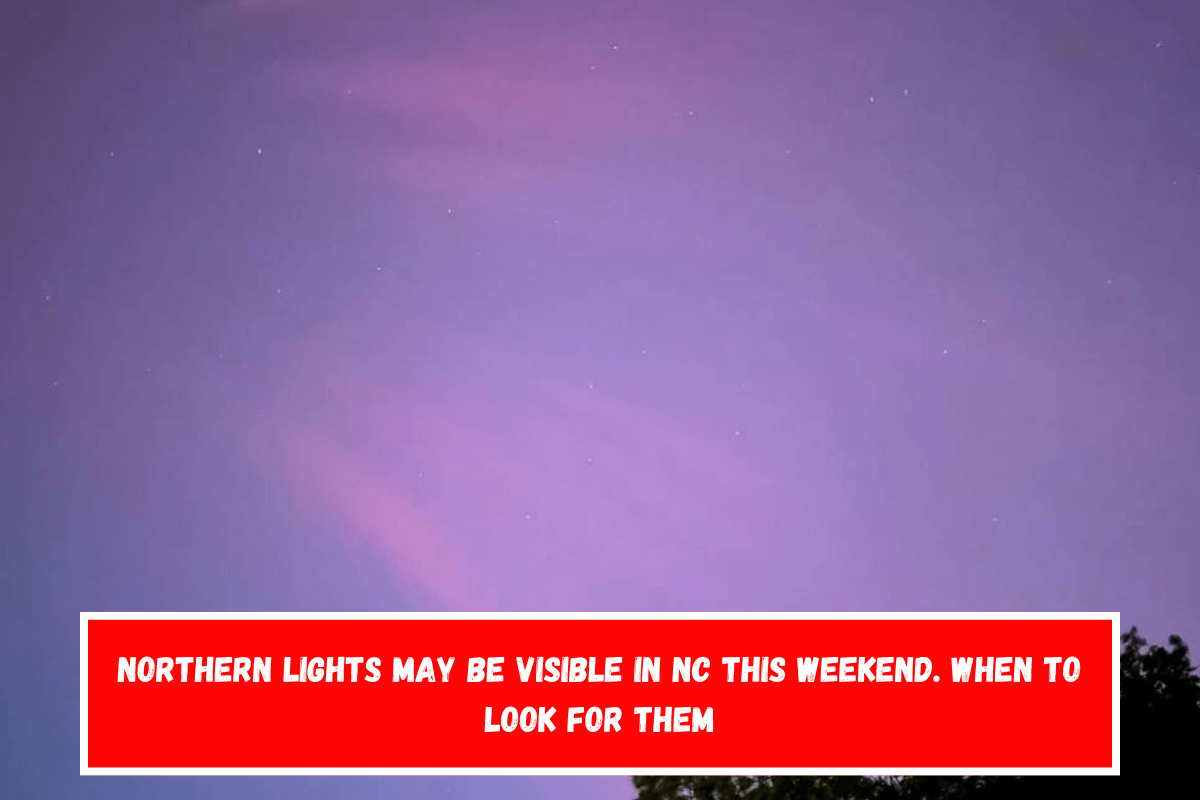Many people in the southeast U.S. were amazed by the northern lights in May, when the colours danced across the sky at night. Now, there might be another chance to see them in North Carolina.
EarthSky.org says that the bright lights in the forecast will be caused by strong geomagnetic activity from solar flares. Active regions AR3842 and AR3844 are the main sources of flares during this time.
EarthSky.org says that an active region (AR) is a brief spot on the sun with a strong magnetic field that can cause solar flares and other exciting events.
Coronal mass ejections, which are big explosions of plasma and magnetic field from the Sun’s corona into space, often happen with solar flares. These are what cause the auroras.
Read this to learn more.
Where will the northern lights be visible in NC?
The online weather predicting tool from the University of Alaska at Fairbanks said that tonight, Saturday, and Sunday, Oct. 4–6, there will be “high” activity in the geomagnetic field. This means that these days are the best for seeing the northern lights.
The National Oceanic and Atmospheric Administration says that on Friday and Saturday, you will only be able to see the northern lights as far south as Iowa.
The Washington Post noted that a “severe” geomagnetic storm (i.e., a 4 out of 5) could make the solar storm visible as far south as Alabama. That means everyone in North Carolina could see the light show.
What’s the best way to see the northern lights?
- The aurora doesn’t need to be directly overhead; it can be seen from more than 600 miles away if conditions are right.
- Get away from city light pollution if possible, and away from buildings that block your view of the horizon.
- The lights can’t be seen in the daytime. A few hours after sunset, look due north and watch for shades of green, pink, red, yellow, blue and violet. Scientists say the colors are often most intense around midnight.
- Sometimes a camera lens will pick up aurora even when the naked eye can’t perceive the colors.















Leave a Reply